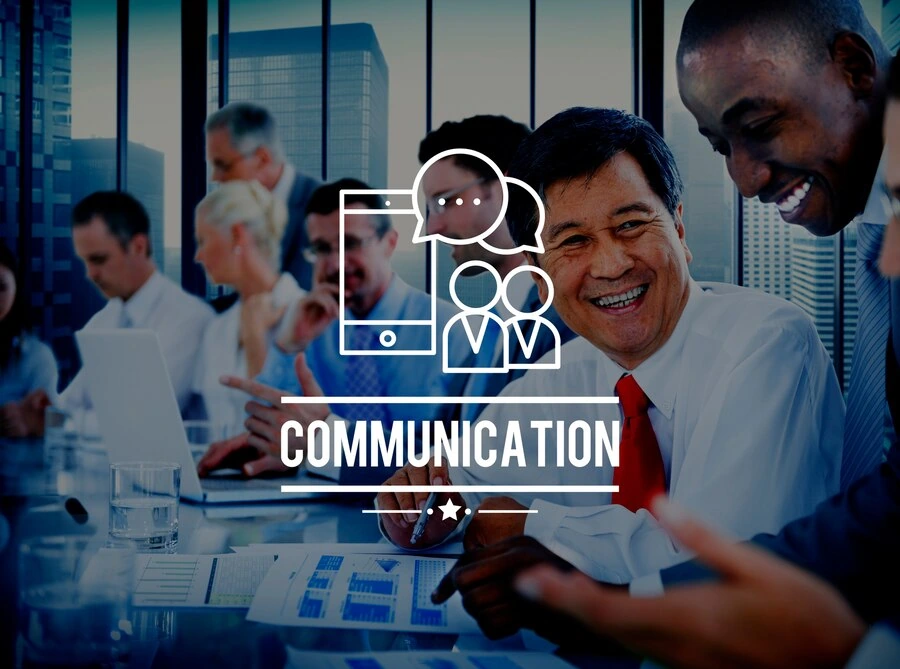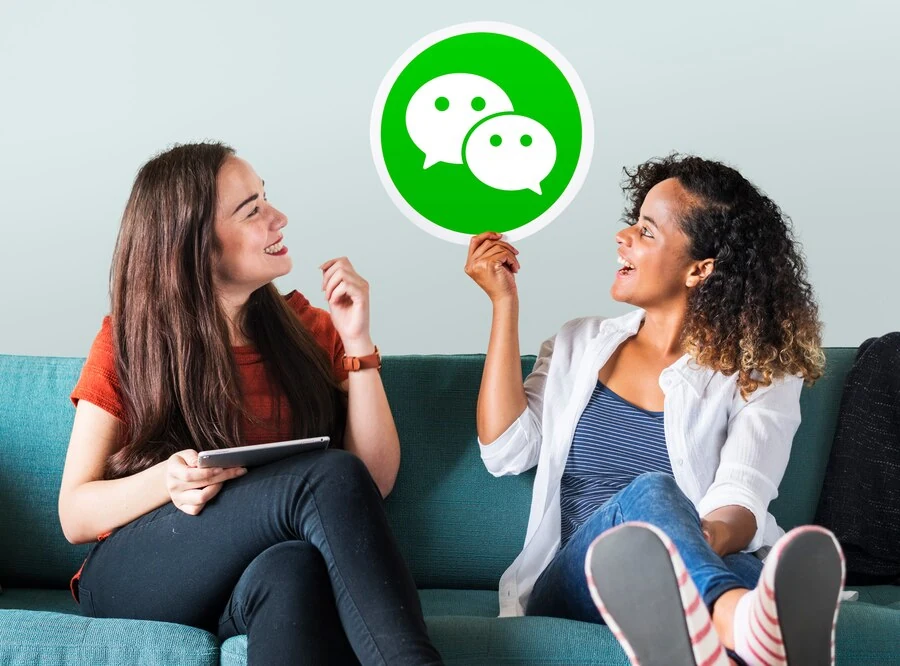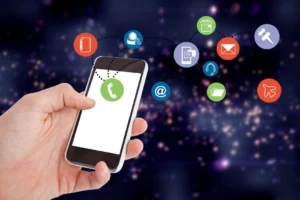With so many communication platforms available, choosing the right one for your business can be overwhelming. Each platform—WhatsApp, email, and SMS—has its strengths and nuances, and knowing these differences can make a huge impact on how you engage with your audience.
So, which should you choose? Let’s break down the unique aspects of WhatsApp broadcasts, email broadcasts, and SMS broadcasts to help you find the best fit for your business.

WhatsApp Broadcast: Direct and Personal Communication
WhatsApp broadcasts offer a unique way to send a single message to many users while still keeping it personal. When you broadcast a message, it appears to each recipient as if they’ve received a personal message in their chat window—unlike a group message, which is seen by everyone in the group.
This is perfect for engaging your audience in a more personal and immediate way. WhatsApp broadcasts are often used for customer service, product promotions, and real-time updates.
Advantages of WhatsApp Broadcast:
- Immediate engagement: WhatsApp is widely used, and messages tend to get read quickly since people are often already in the app.
- Multimedia support: You can send images, videos, and even voice notes, giving you the ability to share more dynamic content.
- Interactive feel: The chat-style interface feels more personal, leading to higher engagement.
- Privacy and security: WhatsApp’s end-to-end encryption ensures that your messages remain secure. This is especially crucial for businesses handling sensitive customer data, as it fosters trust.
WhatsApp also allows you to track who has opened and read your messages, giving you insight into engagement levels and allowing you to follow up when necessary. With this level of interaction and immediacy, WhatsApp broadcast offers a more personalized customer experience than other methods.
Drawbacks of WhatsApp Broadcast:
- Audience limitations: Only those who have saved your number can receive your broadcast, which limits your reach compared to email or SMS.
- Restrictions on sending: WhatsApp enforces limits on how many users you can send messages to in a single broadcast, especially if you’re not using the Business API.
- Not ideal for all industries: While WhatsApp works perfectly for retail, e-commerce, or service-based businesses, it may not be as useful for industries requiring formal communication, such as legal or corporate firms.
Another factor to consider is that WhatsApp is primarily a mobile-based app, so your audience needs to be comfortable using it on their smartphones. For businesses that serve a primarily desktop-based audience, this could be a drawback.
Email Broadcast: Ideal for Detailed Communication

Email broadcasts remain the most scalable and flexible form of business communication. If you need to share long-form content—whether it’s newsletters, updates, promotions, or detailed reports—email is your go-to platform. With billions of people using email worldwide, it’s an incredibly reliable way to reach your customers directly, regardless of industry.
Why Email Works:
- Long-form content: Emails are perfect when you need to communicate in-depth information. You’re not restricted by character limits, allowing for greater detail.
- Rich formatting options: You can include links, images, buttons, and even videos in your email. Personalization options make it easy to tailor content to specific customer segments.
- Cost-effective: Sending bulk emails is generally cheaper than SMS or WhatsApp broadcasts, making it a good option for businesses operating on a budget.
- Wider audience: Email is universally used, making it a more accessible platform. You can communicate with customers, partners, and stakeholders around the world without the limitations some other platforms might have.
Another significant benefit of email is the analytics it offers. With the right email marketing tools, you can track open rates, click-through rates, bounce rates, and conversion metrics. These insights allow you to tweak and optimize your campaigns for maximum effectiveness.
Challenges with Email:
- Engagement rates: Unlike WhatsApp and SMS, emails can easily get lost in crowded inboxes. It’s essential to have a clear subject line and compelling content to capture attention.
- Spam filters: If your email isn’t optimized or authenticated correctly, there’s a chance it could end up in the spam folder, reducing visibility.
- Response time: Emails aren’t always read immediately, meaning that time-sensitive information might not be delivered at the pace you need.
To overcome some of these challenges, it’s essential to maintain a high-quality email list, craft engaging subject lines, and ensure that your content provides real value to the recipient. When done right, email marketing can be one of the most effective tools in your arsenal.
SMS Broadcast: Short, Direct, and Efficient

SMS might seem like an old-school option, but it’s still one of the most effective ways to reach people quickly. SMS broadcasts involve sending short text messages to multiple recipients, and they’re incredibly effective for time-sensitive updates and promotions.
The Strength of SMS Broadcasts:
- Instant reach: SMS has some of the highest open rates of any platform. People tend to open and read text messages almost immediately after receiving them.
- Direct communication: SMS messages feel urgent and personal, which is great for appointment reminders, limited-time offers, or emergency alerts.
- No Internet required: SMS doesn’t rely on Internet connectivity, making it an effective option for reaching people in areas with limited Internet access.
SMS is especially powerful for time-sensitive promotions, flash sales, appointment reminders, and urgent notifications. Unlike email, which can sit unread in an inbox, SMS almost guarantees immediate attention.
Things to Consider with SMS:
- Character limits: With a 160-character limit, SMS forces you to keep your message concise. This can be a challenge if you need to convey more detailed information.
- Costs: Depending on your region and the volume of messages, SMS broadcasts can be more expensive than email. Bulk messaging, especially internationally, can quickly add up.
- Limited multimedia support: SMS is text-based, meaning you can’t send images, videos, or other media directly within the message. For businesses that rely on visual marketing, this could be a drawback.
Despite these limitations, SMS remains one of the most reliable channels for instant, direct communication. It’s especially useful in industries like healthcare, where appointment reminders or medication alerts are critical, or retail, where flash sales can drive immediate action.
WhatsApp, Email, and SMS: Which One is Right for You?
Each platform has its unique advantages, but your choice will depend on the type of message you want to send, your audience’s preferences, and your business goals.
Engagement and Response Rates
If quick engagement is a priority, both WhatsApp and SMS are strong contenders. WhatsApp, with its personal touch and multimedia support, often sees high engagement levels. Similarly, SMS boasts nearly unparalleled open rates, with most people reading text messages within minutes of receiving them.
Email, while incredibly scalable, doesn’t always guarantee the same level of engagement. Emails can easily get buried in crowded inboxes, especially if they’re not optimized for clarity and relevance.
Message Length and Content

If you’re looking to share detailed, long-form content, email is the obvious winner. Whether it’s a monthly newsletter, a product catalog, or an in-depth guide, email allows you to craft longer, more comprehensive messages.
On the other hand, SMS and WhatsApp broadcasts are better suited for short, snappy updates. Think about appointment reminders, quick promotions, or event announcements—anything that needs to be seen and acted upon immediately.
Reach and Accessibility
Email’s greatest strength is its broad reach. With nearly everyone using email, it’s the most universally accessible platform for broadcasts. However, WhatsApp is gaining ground, particularly in regions where it’s more widely used for everyday communication.
SMS, while powerful, may have its limitations when it comes to international reach or younger audiences who prefer apps like WhatsApp for messaging. Additionally, SMS costs can quickly add up, making it less cost-effective for larger campaigns.
When to Use Each Platform

Here’s a practical way to think about when to use WhatsApp, email, or SMS:
- Use WhatsApp when: You need to engage with your audience in real-time and want the communication to feel personal. It’s ideal for customer support, product launches, and flash promotions.
- Use Email when: You need to share in-depth information, such as newsletters, reports, or promotions that require a lot of text or media. It’s the best option for content-heavy communication.
- Use SMS when: Time-sensitive updates or reminders are needed, and you want to ensure your message is seen immediately. SMS is perfect for appointment reminders, flash sales, or emergency notifications.
How to Maximize Each Broadcast Channel
Choosing the right platform is one thing, but making sure you get the most out of it is another. Here are some best practices to consider:
- Personalization is key: Whether you’re using WhatsApp, email, or SMS, make sure your messages are targeted and relevant to your audience. The more personal and relevant your broadcast, the higher the engagement.
- Keep it short and sweet: Especially for WhatsApp and SMS broadcasts, brevity is essential. Even in email, people tend to skim rather than read every word, so make your main points clear right from the start.
- Timing matters: Send your broadcasts at times when your audience is most likely to engage with them. For example, avoid sending SMS messages late at night or early in the morning. For emails, weekdays during work hours tend to perform better.
- Analyze and adjust: Regularly check your broadcast performance to see what’s working and what’s not. Email platforms offer detailed analytics, while WhatsApp Business API provides valuable insights into message delivery and engagement rates.
Combining Broadcast Channels
While each platform has its strengths, combining them can create a powerful, well-rounded communication strategy. Instead of relying on a single method, many businesses are now using a hybrid approach to maximize their outreach and engagement.
For example, you could start by sending a detailed email newsletter about a new product or service, complete with images, videos, and links for your audience to search further. Follow this up with a WhatsApp broadcast for those customers who are more likely to engage with real-time communication.
Finally, send an SMS to provide a quick reminder about a time-sensitive offer or event, ensuring that even those who missed the first two messages stay in the loop.This blended approach allows you to take advantage of the best features of each platform:
- Email for comprehensive content and formal communication
- WhatsApp for engaging, conversational interactions
- SMS for direct, urgent, and time-sensitive updates
By using a combination of these platforms, you ensure your message reaches your audience in the way they prefer, increasing the effectiveness of your communication efforts.
The Bigger Picture: Blending Platforms for Maximum Impact

In many cases, the best communication strategy involves blending these platforms to complement each other. For example, you could use email for detailed newsletters and product updates, WhatsApp for personalized customer service, and SMS for immediate reminders or promotions.
By leveraging the strengths of each platform, you can create a comprehensive broadcast strategy that reaches your audience where they are, with the message that best suits their needs.



